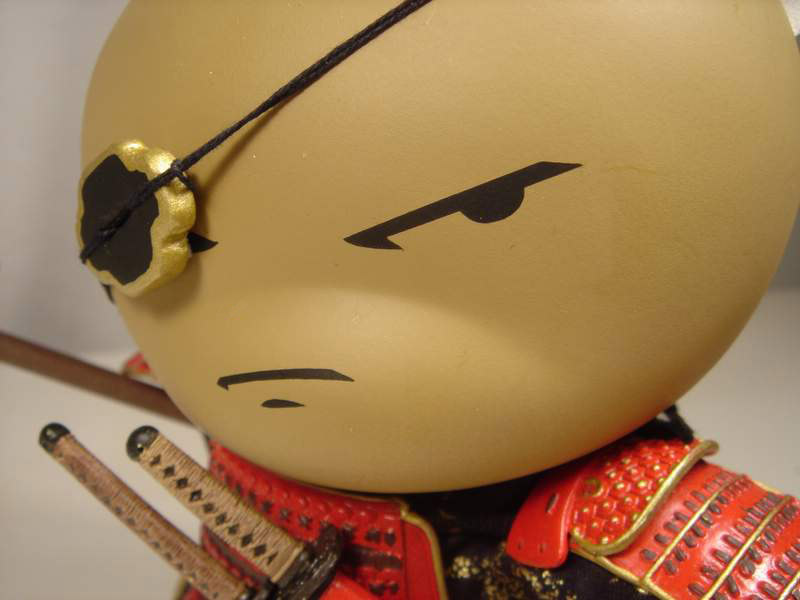Why did I choose Industrial Design as the subject of study for four years? Something about making stuff, designing cell phones, and being at design school are what come to mind when I look back on myself in senior year of high school. But as I trace my steps through what has been my undergraduate journey so far, I have come to realize it has become much more than just cell phones, so much more than just “making stuff”, and has enriched my experience of “being at design school”.
I came into this major thinking I would be designing mp3 players, cell phones, and other personal electronics. Some of that hasn’t changed; I can still see myself working at Sony, Apple, LG designing the newest cell phone or iPod. It used to be just for the sake of making a cool looking object, something that has 100% WOW factor. But I have learned through my time in the ID department that product design is much more than making cool toys. It involves much consideration and investigation into the user that will be interacting with the object I design, something I hardly thought about before. Designing for someone has
3D Design was one of my favorite courses during foundation year. Creating art that was more than just lines and colors on paper excited me, and still excites me to date. One of the main reasons I chose to study ID was that I would be able to “make stuff”. Now, after 1 ½ years in the department, “making stuff” has gone from a literal definition to a
















